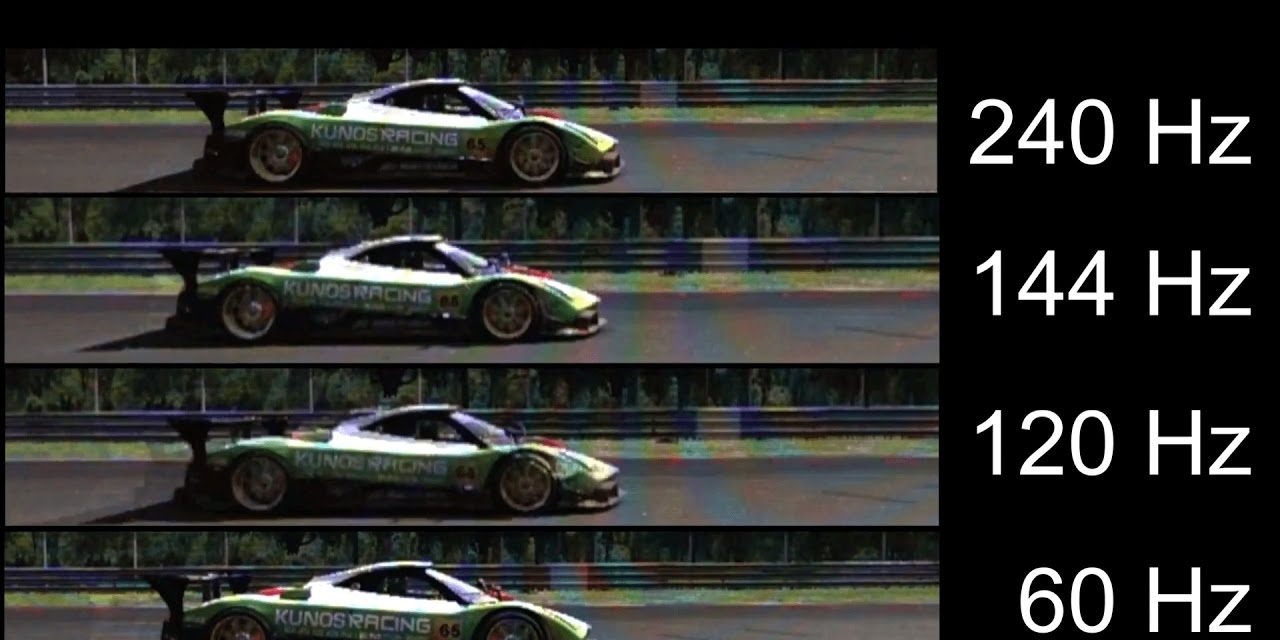LED displays are an increasingly popular technology in a variety of settings, from large-scale events to indoor digital signage. To understand how LED displays are capable of producing high-quality video content, it’s important to understand the concept of LED display video frame rate. Here, we’ll explain what LED display video frame rate is, how it affects the viewing experience, and what factors can impact the frame rate.
What is the LED Display Video Frame Rate?
The LED display video frame rate refers to the number of video frames displayed per second on the LED screen. It is measured in frames per second (fps), and the higher the frame rate, the smoother the video will appear to the viewer. For example, a video with a frame rate of 30 fps will display 30 unique frames per second, while a video with a frame rate of 60 fps will display 60 unique frames per second.
How Does Frame Rate Affect the Viewing Experience?
The frame rate of an LED display can have a significant impact on the viewing experience. A higher frame rate means that the video will appear smoother and more lifelike, which is particularly important for fast-moving content such as sports events or action movies. A higher frame rate can also reduce motion blur, which is the visual distortion that occurs when fast-moving objects are displayed on the screen.
However, it’s important to note that a higher frame rate doesn’t always guarantee a better viewing experience. In some cases, a higher frame rate can actually make the video appear unnaturally smooth, which can be distracting for some viewers. In addition, a higher frame rate can increase the amount of data required to display the video, which can be a concern for certain applications.
What Factors Can Impact the Frame Rate?
Several factors can impact the frame rate of an LED display. One of the most important factors is the resolution of the display, which refers to the number of pixels on the screen. A higher resolution display will require more processing power to display the same video content, which can limit the frame rate that the display can support.
The type of LED used in the display can also impact the frame rate. High-quality LEDs are capable of producing brighter and more vibrant colors, but they also require more processing power to display the same video content. In addition, the refresh rate of the display can impact the frame rate. A higher refresh rate can support a higher frame rate, resulting in smoother video playback.
In conclusion, the LED display video frame rate is an important concept to understand for anyone working with LED displays. A higher frame rate can result in a smoother and more lifelike viewing experience with reduced motion blur, but it’s important to ensure that the video content being displayed is designed to take advantage of a higher frame rate. Several factors can impact the frame rate, including the resolution of the display, the type of LED used, and the refresh rate of the display. By understanding the frame rate and its impact on the viewing experience, it’s possible to make informed decisions when selecting an LED display for a particular application.






